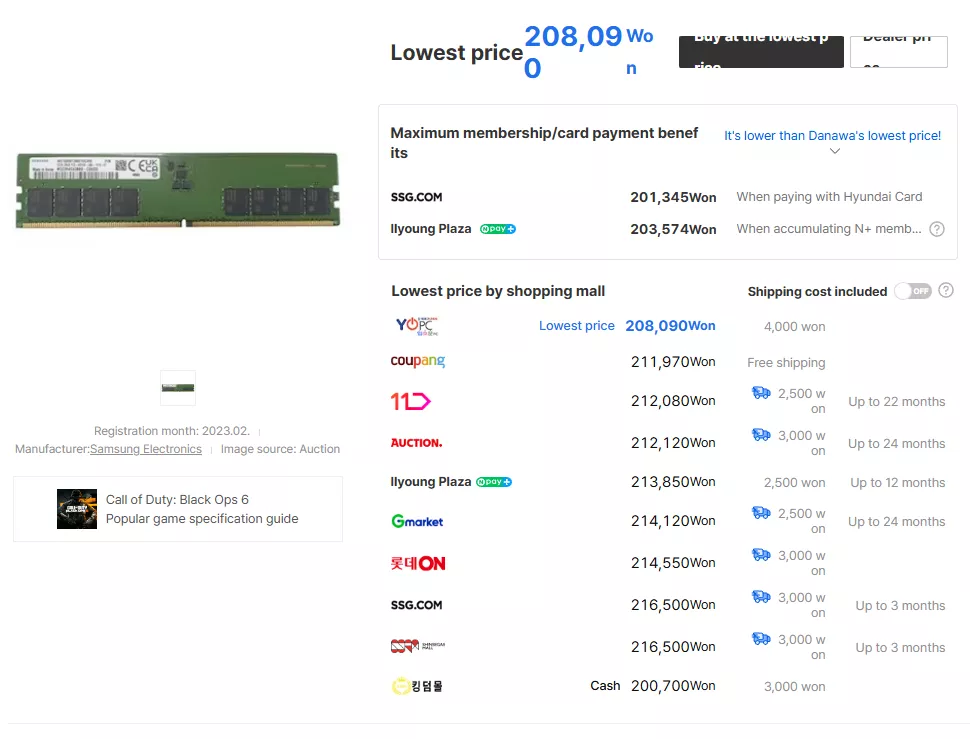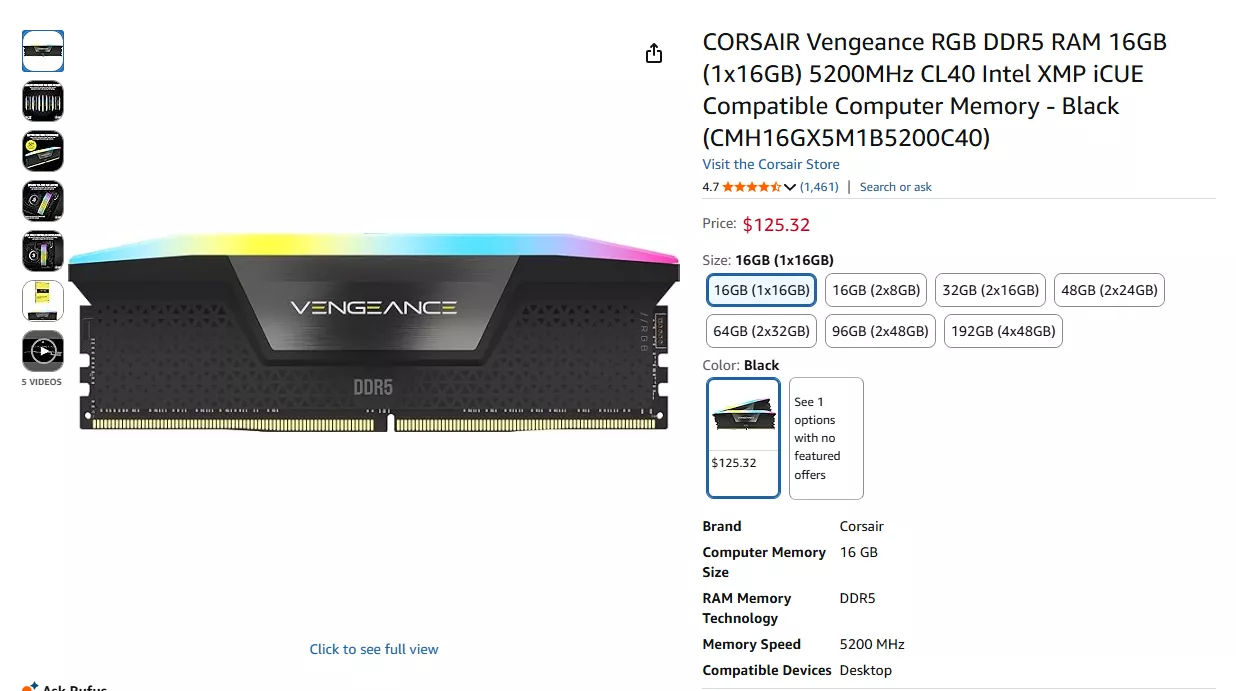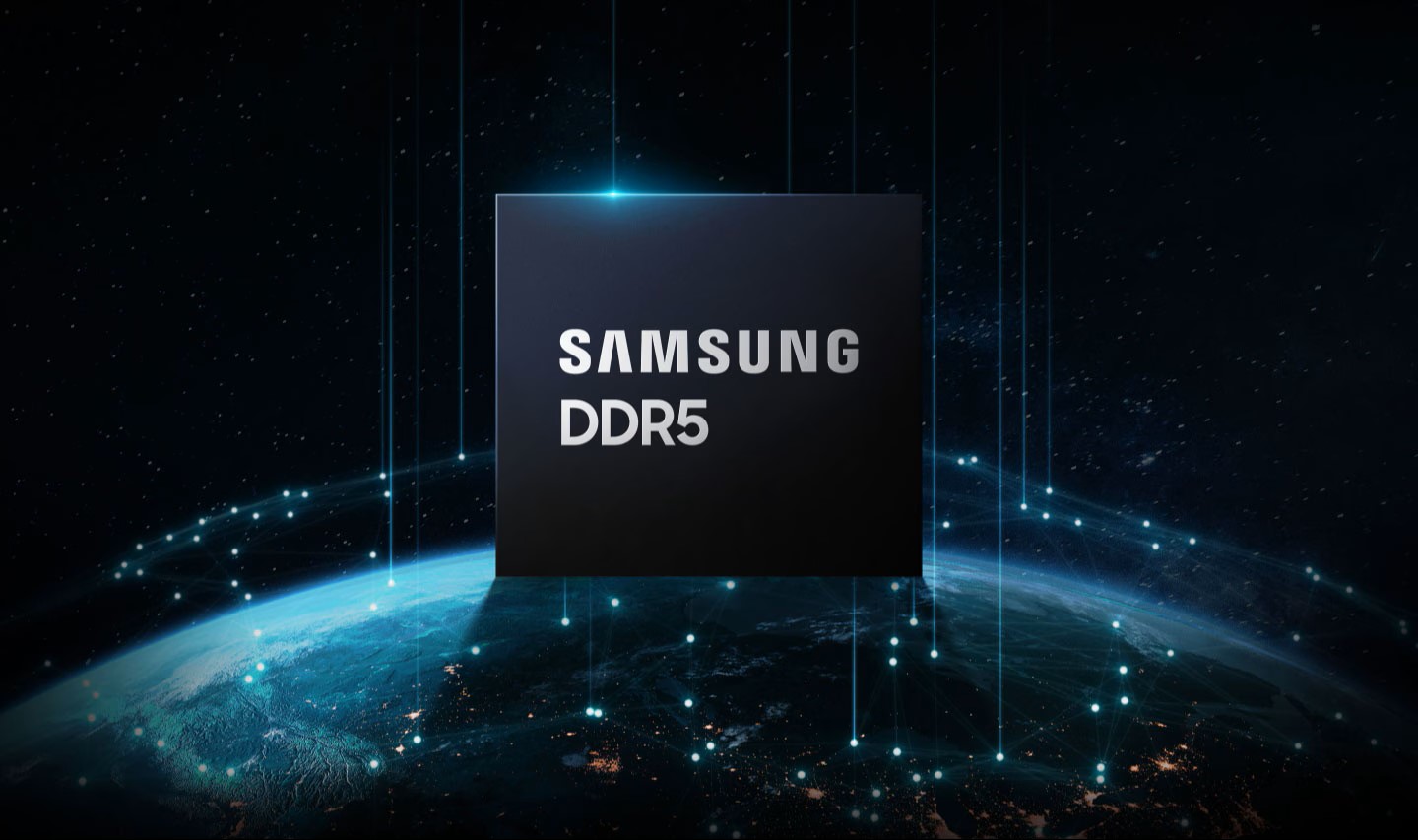The global market for DDR5 RAM modules is facing unprecedented challenges as prices soar, making it hard for consumers to find affordable options. The recent surge in DRAM prices is affecting not only individual buyers but also the entire hardware sector, leading to increased costs for related components.
South Korea’s Dramatic Price Surge
In South Korea, the DIY market is experiencing a dramatic shift in memory prices, with the Samsung DDR5-5600 16 GB module skyrocketing from $47 to $142 in just a few months. Reports suggest that distributors are compelling customers to purchase motherboards alongside RAM modules, amplifying the financial burden on consumers. The price for these modules has increased over threefold since August, reflecting a significant impact from the ongoing “AI” boom.

Data from South Korean price-tracking platform Danawa highlights the escalating costs, with the module reaching 208,090 Won (approximately $142) by November. Prices began their steep ascent at the end of October, continuing to rise into November, with some stores listing the module at 216,500 Won (around $148). These costs now rival those of premium 32 GB DDR5 kits from just a few months prior.

Global Ram Price Trends and Market Impact
The issue is not isolated to South Korea. Globally, DDR5 prices have doubled, with some models like the Corsair Vengeance RGB 16 GB 5200 MT/s module reaching $125 on platforms like Amazon US. Broadly, the DRAM shortage is causing ripple effects across the technology sector, impacting prices of mini PCs, pre-built systems, and graphics processing units (GPUs).

Furthermore, AMD has announced another impending price increase for its GPUs, marking the second such notice since October. The continuous rise in DRAM costs fuels these adjustments, and without signs of slowing AI demands, experts foresee sustained price elevations in the foreseeable future.
